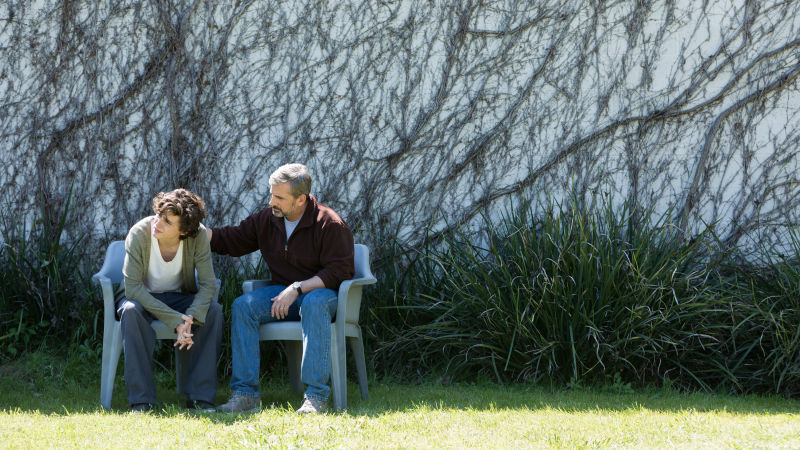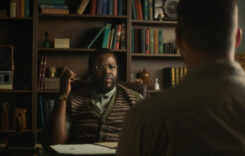NOVEMBER 12, 2018
“Beautiful Boy,” a story about a young man’s deepening drug addiction and his father’s desperate attempt to pull him back from the abyss, seems designed to tear your heart out. Yet I found myself nodding off throughout much of the 112-minute film, which feels much, much longer.
Looking back as to why I felt that “Beautiful Boy” whiffed, it isn’t because the creative team isn’t top notch — director Felix van Groeningen was nominated for an Oscar for his terrific 2012 film “The Broken Circle Breakdown,” and “Beautiful Boy” stars Steve Carell, Timothée Chalamet and Amy Ryan are all Oscar nominees as well. All the pieces are in place, so what happened?
The source material to the “Beautiful Boy” screenplay, credited to van Groeningen and Luke Davies, is taken from two memoirs — “Beautiful Boy: A Father’s Journey Through His Son’s Addiction” by David Sheff (the father) and “Tweak: Growing Up on Methamphetamines” by Nic Sheff (the son). Sounds thorough, right?
And that, ironically, is the problem.
It didn’t have to be. There are plenty of examples of films whose stories are told via multiple points of view that only enhanced the screenplay. Just last year, for example, Steven Rogers’ insightful script for “I, Tonya” told incidents from Tonya’s perspective, her mother’s point of view and then presented the truth, which was at times was wildly different than either of those characters remember (or chose to remember).
Compared with “I, Tonya’s” achievement, “Beautiful Boy” would seem to be a comparatively easy mashup, yet its script fails on almost every count. In van Groeningen and Davies’ screenplay, we’re yanked back and forth between the characters’ points of view with little reason why, so that by the end, we don’t know what or who to believe. When, after my screening, a friend asked me what I thought of it, I had only one question:
“Whose story IS this?”
I don’t mean to harp on the screenplay (although I am), but there are still some very good things about “Beautiful Boy.” Primarily the acting. As David, the grieving father, Carell is enormously effective and a far cry from his Michael Scott in NBC’s “The Office” in his empathy. He brings such good will into the project that the audience really feels how much his heart is breaking over his son’s crisis.
As David’s wives, both his current Karen (Maura Tierney) and his ex Vicki (Ryan), the two actresses are (as usual) terrific, but why would you cast women of that acting caliber and give them such little material with which to work?
Truth be told, though, the only reason to see “Beautiful Boy” is the performance of Timothée Chalamet as Nic. I had not heard of the Manhattan-born Chalamet before his breakthrough performance in “Call Me By Your Name,” but his performance here only solidifies that feeling that Chalamet, along with Lucas Hedges, are the premier actors of their generation.
Chalamet’s Nic, who was innocently happy as a child (as we see in multiple flashbacks), finds that, in his adolescence, that he needs more stimulation and gets that through crystal meth. Chamalet walks a very fine line here, acknowledging that his current condition is one of his own choosing, yet wanting to get off the addiction train and finds out he can’t. This role could have been played as very unlikable, yet, even as he relapses, Chamalet’s Nic always communicates just how much we wants to get clean.
But the conundrum that “Beautiful Boy” faces is that, in order to be accurate as to the trajectory of addiction scenarios, it has to acknowledge the syndrome of addiction/withdrawal/recovery/relapse/recovery/relapse. While this is exactly what addicted patients go through, it does make for lousy drama. After about the third time Nic goes into his recovery/relapse cycle, I stopped caring despite Chamalet’s heartrending performance.
Despite the script’s repetitious plotline, there’s a good movie buried somewhere in here. But “Beautiful Boy” ain’t it.
GRADE: C+












